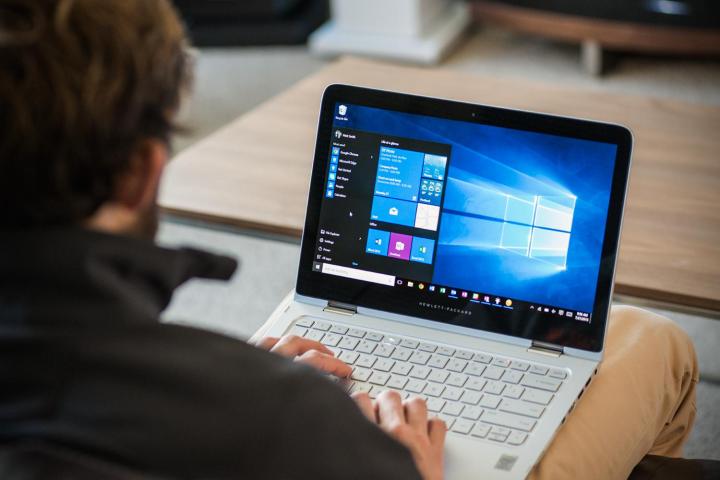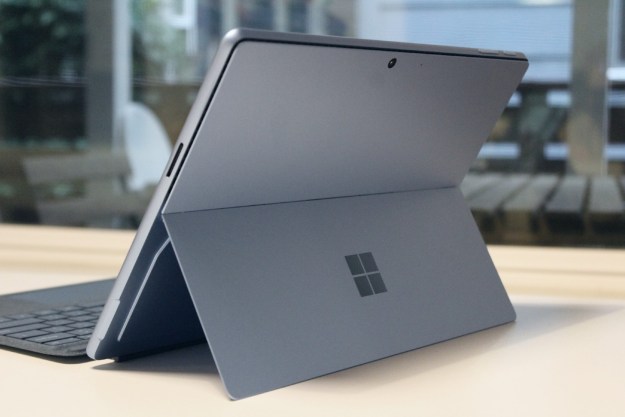
With your activation in the cloud, your specific hardware configuration can be used to identify you. ZDNet has it that you will be asked for your key again, but if you’re online that won’t matter, since the OS will activate itself automatically — as long as you’ve done it at least once before.
This is similar to how things were done with Windows 7 and 8, but the key difference is that along with your hardware identity, a certificate linked to your Windows key is stored with it, so Microsoft knows that when that identity appears online again, it’s a valid one.
What this means is that if you format your hard drive or zero-fill your SSD, when it comes to reinstalling Windows 10 there’s a typical step that can be skipped over, saving you valuable minutes.
You will have to manually click the skip button, but we think that shouldn’t be too taxing for us.
Presumably this will go wrong on occasion, perhaps if you instigate a major hardware upgrade, or otherwise tweak your system prior to reinstallation — which may require you to go through the usual rigmarole — but it’s still an improvement over previous generations of the OS.
DRM like the Windows key system is always difficult. Making piracy at least moderately difficult without irritating legitimate buyers is a holy grail few reach. Do you think changing the activation system is a step in the right direction?
Editors' Recommendations
- Scores of people are downgrading back to Windows 10
- Windows 11 might nag you about AI requirements soon
- You’re going to hate the latest change to Windows 11
- Windows 11 tips and tricks: 8 hidden settings you need to try
- How to adjust screen resolution in Windows 11 and older



